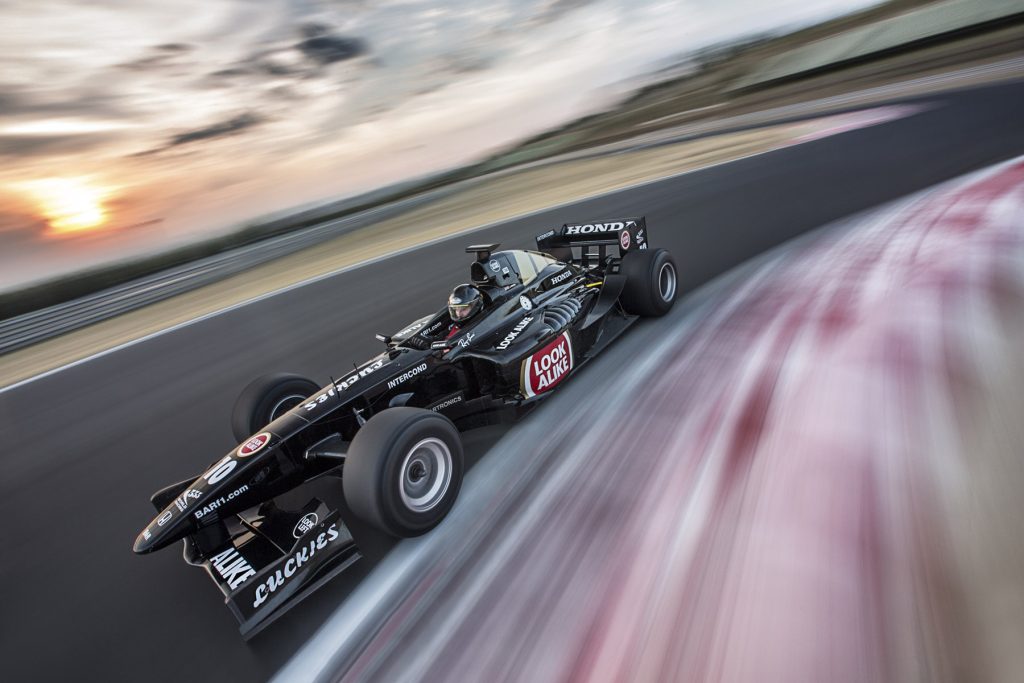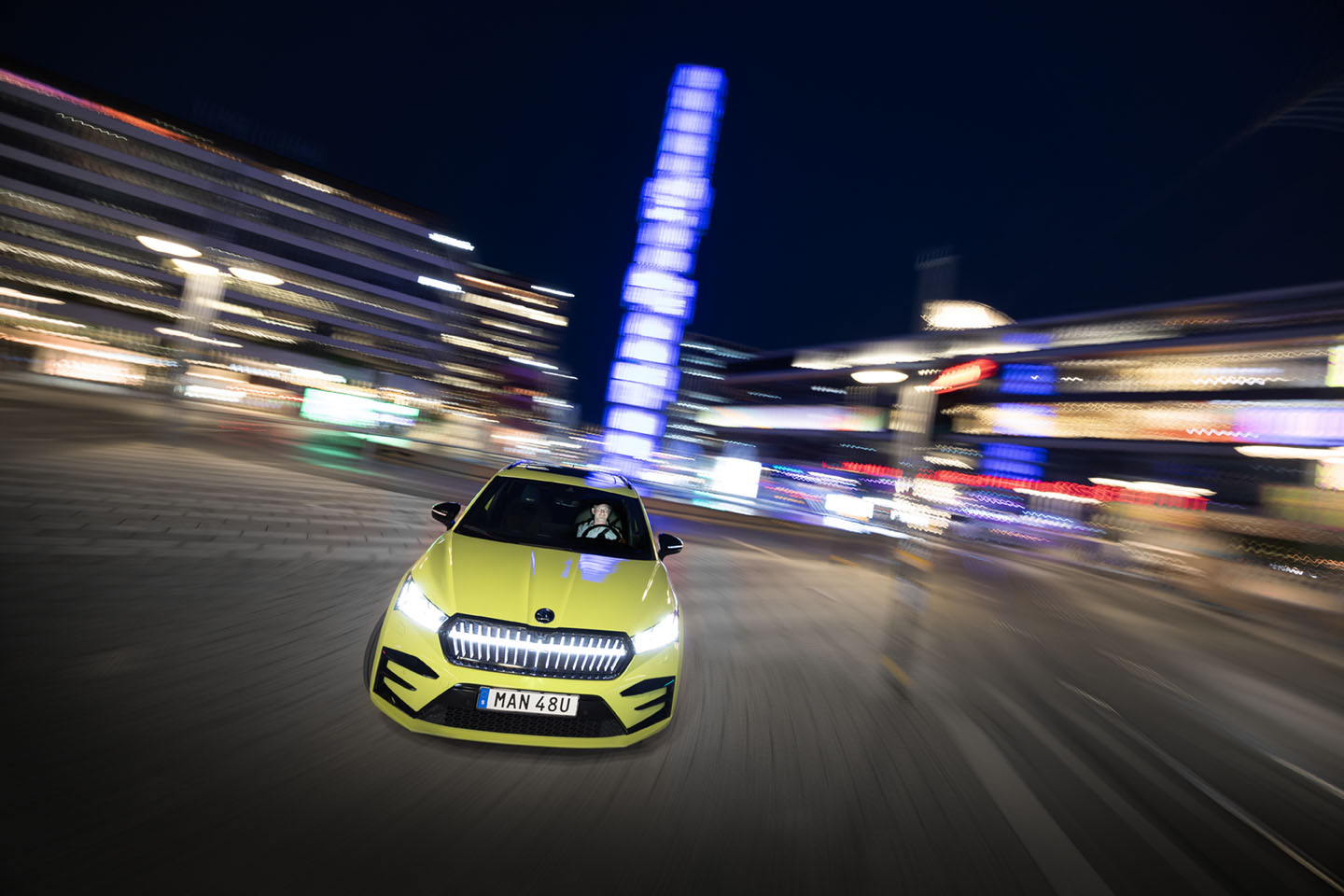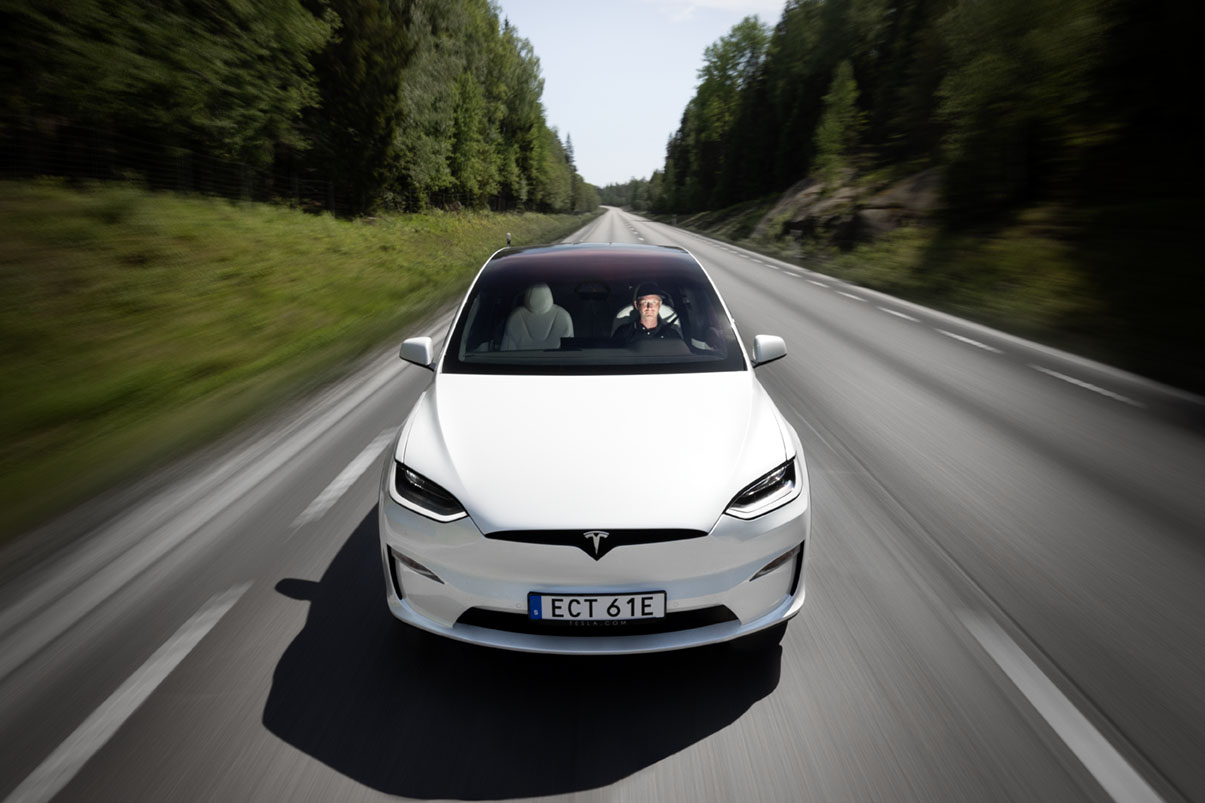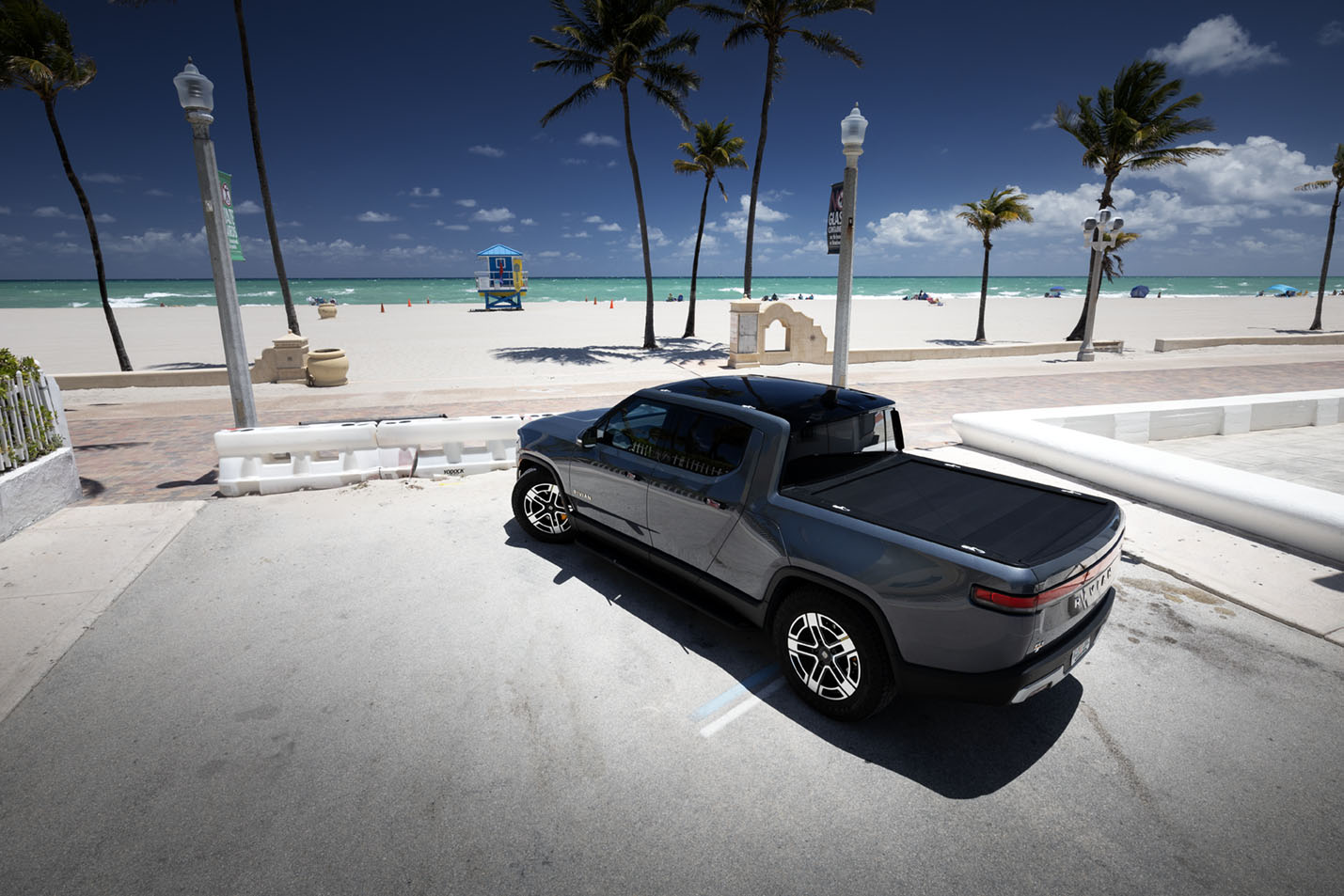
The article was originally produced on March 20, 2013, some facts and prices may have changed since then.
Try F1
There are few things that can compare to the experience from the driver's seat of a Formula 1 car, Cars Collection has tested and can tell you how to make this dream come true.
The Formula 1 season has just started and the first race in Australia was won by Finnish Kimi Räikkönen. It's one thing to watch F1 on a TV, you get a good idea of everything that's happening and who's leading. It is another thing to stand on the side of the court and be a spectator. There you don't have the same grasp of the race, but the sound, the smell and the atmosphere provide an experience you can never get through the TV. But experiencing an F1 car from the driver's seat surpasses all others! Cars Collection made his way to the Hungarian F1 circuit, the Hungaroring, to try his hand at F1 driving and make a dream come true. A dream for many

There are a number of organizers around the world who arrange this type of travel. Cars Collection chose Swedish Johan Rajamäki, who arranged F1 experiences for people for several years. After a successful racing career of his own, he started by buying a used F1 car about ten years ago. Since then he has owned several retired F1 cars that he lets his customers drive. The cars are ones that have been driven in real races by real drivers. But there are some changes that have been made to the cars to be able to be driven by a novice at all and hold together. The high-revving V10 engine has been replaced by a "safe" Cosworth V8 of 650 horsepower. Considering the car's total weight of around 520 kilos, weight versus horsepower becomes a plus on the power side. Brakes and gearbox have also been replaced. The original brakes require a very high temperature to start working, which almost no beginner can achieve. Despite the changes, no one should be disappointed. The power of 650 horsepower provides an acceleration from 0 to 200 in 5 and the top speed at 330 km/h.

The day starts with a run through of the course and safety being at the top of the list of important things. These are not cheap toys and the basic price for a used F1 without an engine is just over two million kroner. It's also a lot about just getting the opportunity to buy one, which not everyone gets. After the review, driving with Formula Renault cars is on the schedule. A slightly smaller type of formula car and with lower power. A good start to get used to the feeling of sitting in a car of this type with the engine behind the back, protruding wheels right in front and no roof or window for that matter.

After lunch, it is then time for what we have all been waiting for for so long. The F1 car we are going to drive is lined up in the pit. It's a black Bar Honda from 2004 driven by Jenson Button and Rubens Barrichello. Hungary is not known for being a cool country and neither is it today. A scorching sun from a clear blue sky does anything but cool. In the fireproof overalls and strapped into the driver's seat like a vise, claustrophobia is dangerously close, the heat doesn't make the situation any better. It doesn't get any worse than this because when the signal to shift into first gear and give enough gas turns panic into euphoria. Out on the track from the pit and a few turns to warm up the tires. Then it takes off, the axle in the car is huge, you are pushed down into the seat like a hippopotamus standing on its chest. When the first corner comes and the brake is pressed to the max, the hippo has moved behind you and is pushing from the back. That's when you understand why the five-point seat belts would be tightened so tightly that you could barely breathe. Out of the curve and the hippo syndrome just continues but now from the side. The G-force that occurs in an F1 car is absolutely enormous and it is difficult to understand how the drivers can cope with a whole race of an average of 50 laps. Today we run three laps, which at first sounded like a little, but in retrospect it was good and well what the body could handle. After about two laps, you start to get a better idea of how quickly the turns can be taken and how late you can brake. But when you look in retrospect at the difference between your own and the ones Michael Schumacher had on the same track, you understand that the Formula 1 car's potential has only been utilized by about 20 percent. Despite this realization, a dream has come true and the smile from the lips is guaranteed to stay for a long time!

Facts
The founder, Johan Rajamäki, comes from Finland but has been living in Sweden for a long time. Started driving go-karts and then took the step up to various formula classes. Biggest success came in 1996 when he won the BOSS series (Big Open Single Seaters) in an Arrows. After that, Johan was offered a test drive at the Arrows stable.
In the same year, he started planning for an event company that would give ordinary people an opportunity to try F1. An example price is as follows:
Hungaroring. 3 days. Includes flight T/R Budapest, accommodation in a single room, transfer to the Hungaroring. 1 x 4 laps Formula 1, 2 x 15 minutes with Formula Renault. Course rental, fuel, instructions, personal equipment, insurance and lunch included.
Rajamaki Racing
| The founder | Johan Rajamäki |
| Car | 2004 Bare Honda F1 |
| Engine | Cosworth V8 |
| Effect | 650 hp |
| Acceleration | 0 – 200 km/h 5 seconds |
| Top speed | 330 km/h |
| Weight | 520 kg |
| Price course | SEK 24,850 |
| Web | www.rajamakiracing.com |




